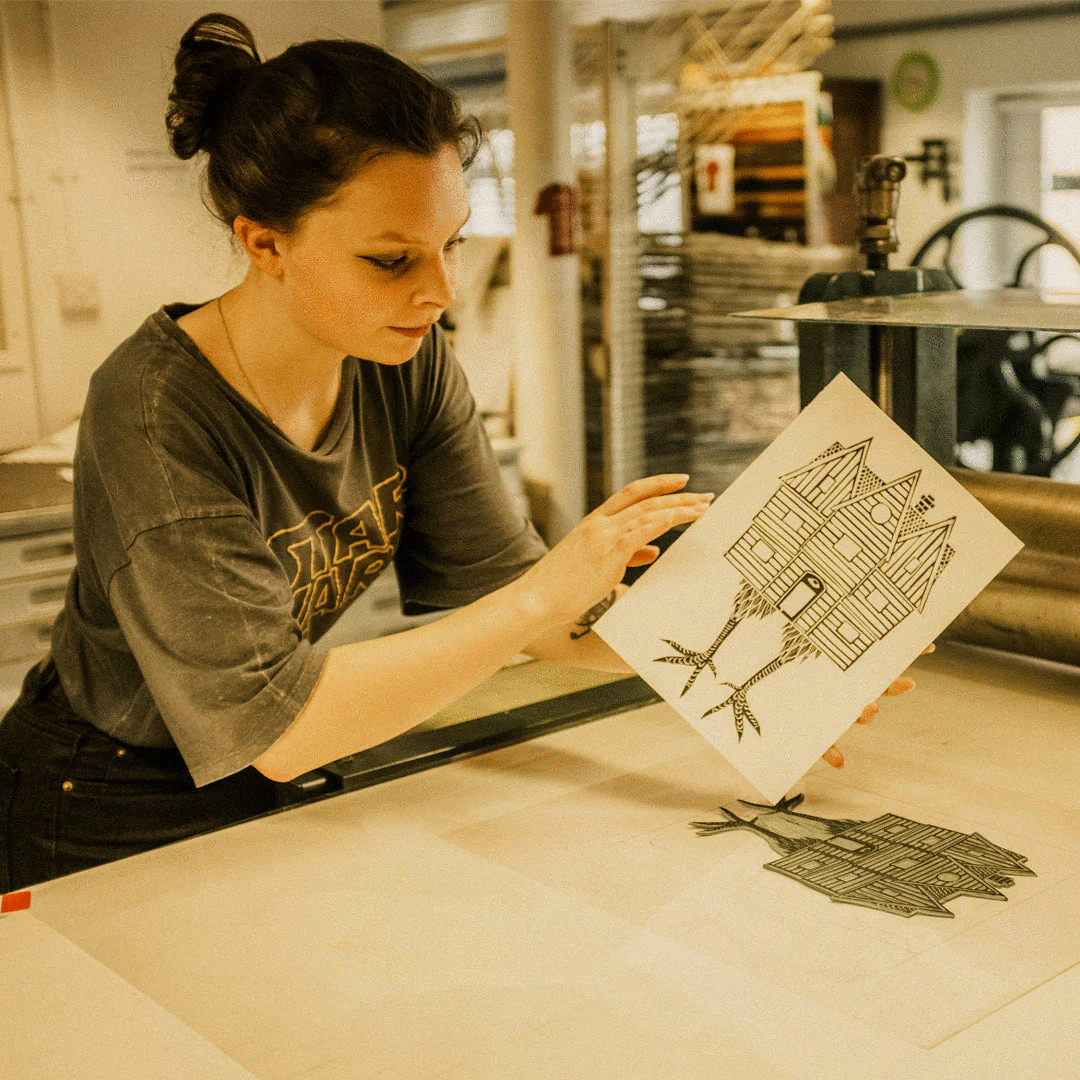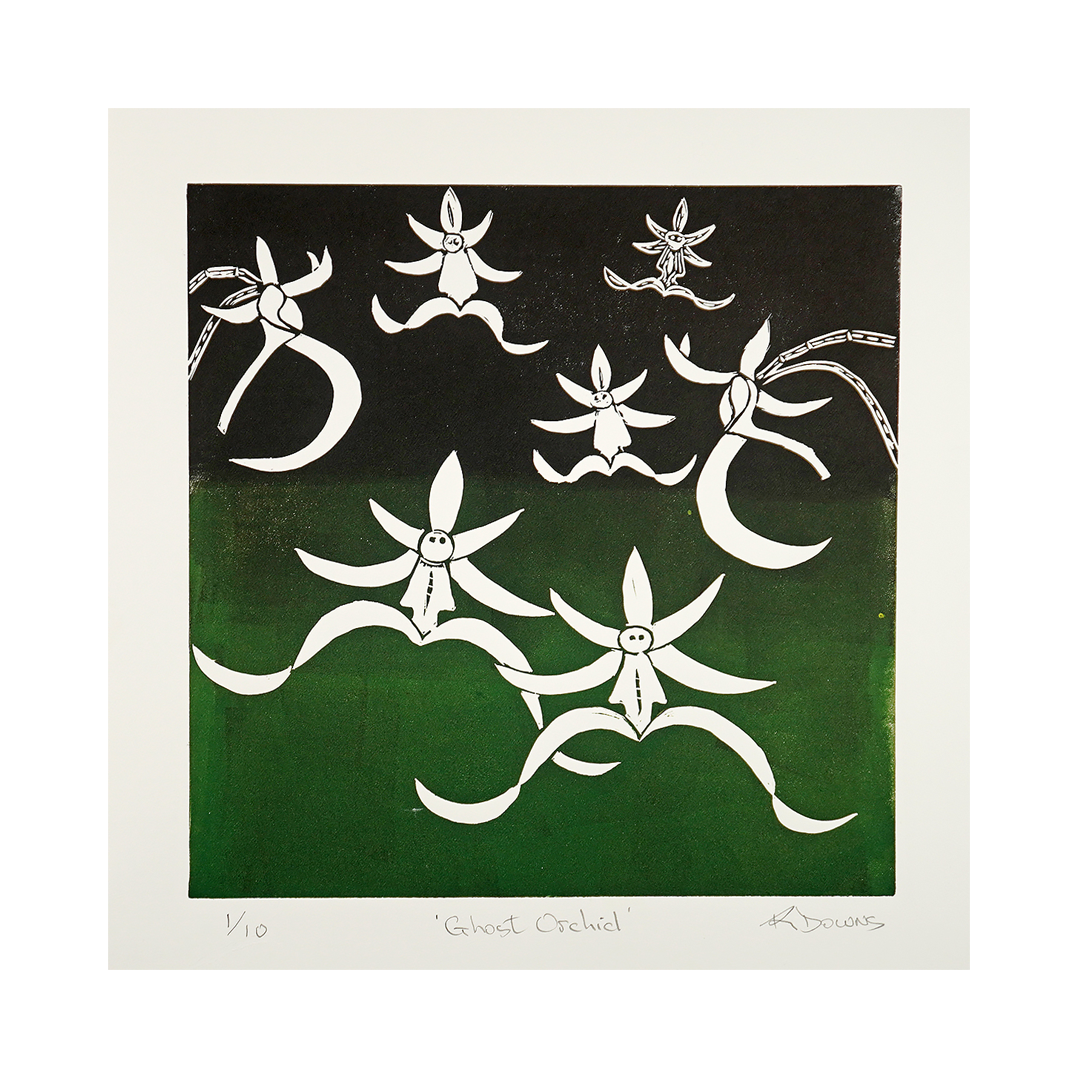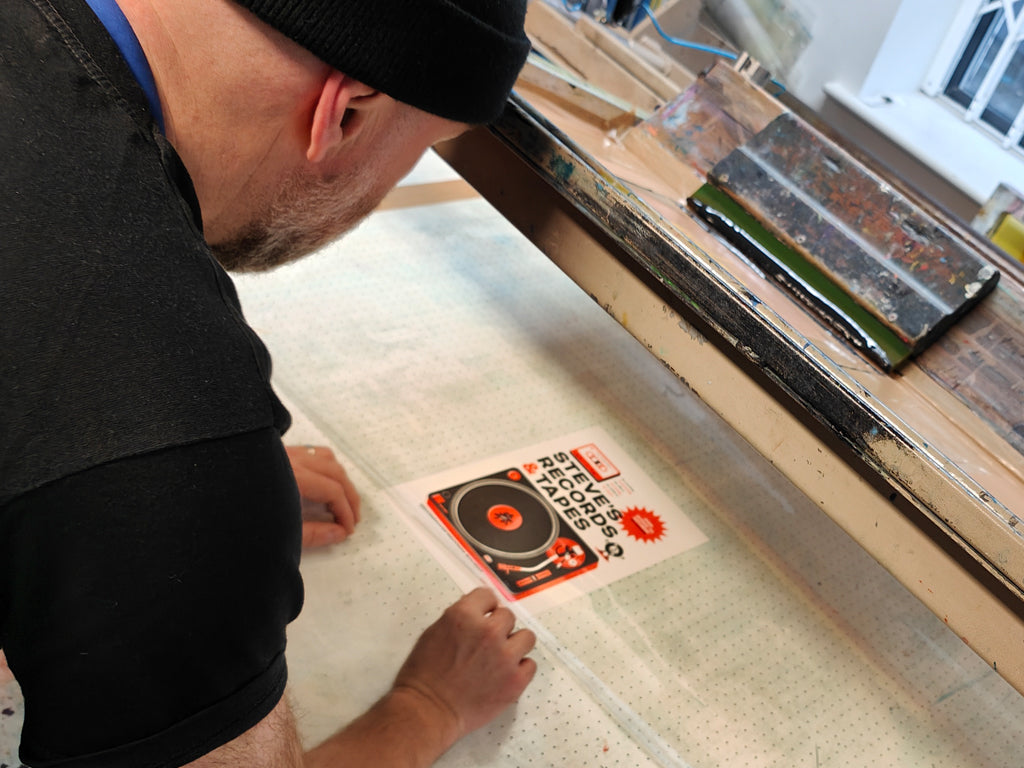Ghost Orchid
Ghost Orchid
Artist: Richard Downs
Medium: Collagraph
Dimensions: Paper Size 38 x 43cm / Image Size 38 x 27cm
Edition: 1
Postage & Packing
Postage & Packing
£9 UK postage & packing in secure postal tube.
By selecting this option, you confirm that you want to apply Gift Aid.
Couldn't load pickup availability
Share

Information
-
About this print
The ghost orchid (Dendrophylax lindenii) is a rare and endangered native flower found primarily in humid, marshy areas of Florida, Cuba, and the Bahamas.
Dendrophylax lindeniii is a different species to Epipogium aphyllum, another rare orchid known as the ghost orchid, that grows in Europe, Russia, and Asia.
Ghost orchid flowers are white and have an other-worldly appearance that lends a mysterious quality. Their sweet scent is only released at night, to attract giant sphinx moths that pollinate the plants.
Ghost orchids have no foliage, flowers appear suspended in the air as the epiphytic plants tightly attach themselves to tree trunks via aerial orchid roots. They grow on several tree species, including cypress, pond apple, and maple.
I have been lino-cutting since late 2021 and didn’t suffer from lino-cutting at school.
My print is a simple linocut freely drawn from a selection of images found online.
- Battleship grey lino
- Fabriano paper
- Caligo Safewash Relief inks -
Endless Forms, Most Beautiful
Read MoreA new bestiary and herbarium for at risk species by artists from Northern Print.
“Endless Forms Most Beautiful” is made possible with The National Lottery Heritage Fund. Thanks to National Lottery players, we have been able to support visits, new printmaking and school’s programme for this project.
Northern Print artists bring together traditional printmaking and the natural world with a series of new prints highlighting the diversity of species that are categorised as ‘at risk’.
The ‘endless forms’ include marine life; plants; birds; insects and mammals with many familiar and much-loved species as well as less known and intriguing creatures that have captured the imagination and hearts of Northern Print’s artists.
This exhibition of 45 new prints has been made following a series of visits to our region’s natural history collections and habitats and represents the tiniest tip of the iceberg of our natural world under threat.
The artwork includes a range of approaches and printmaking processes – including heritage craft skills also deemed at risk including letterpress and mould-made papers



